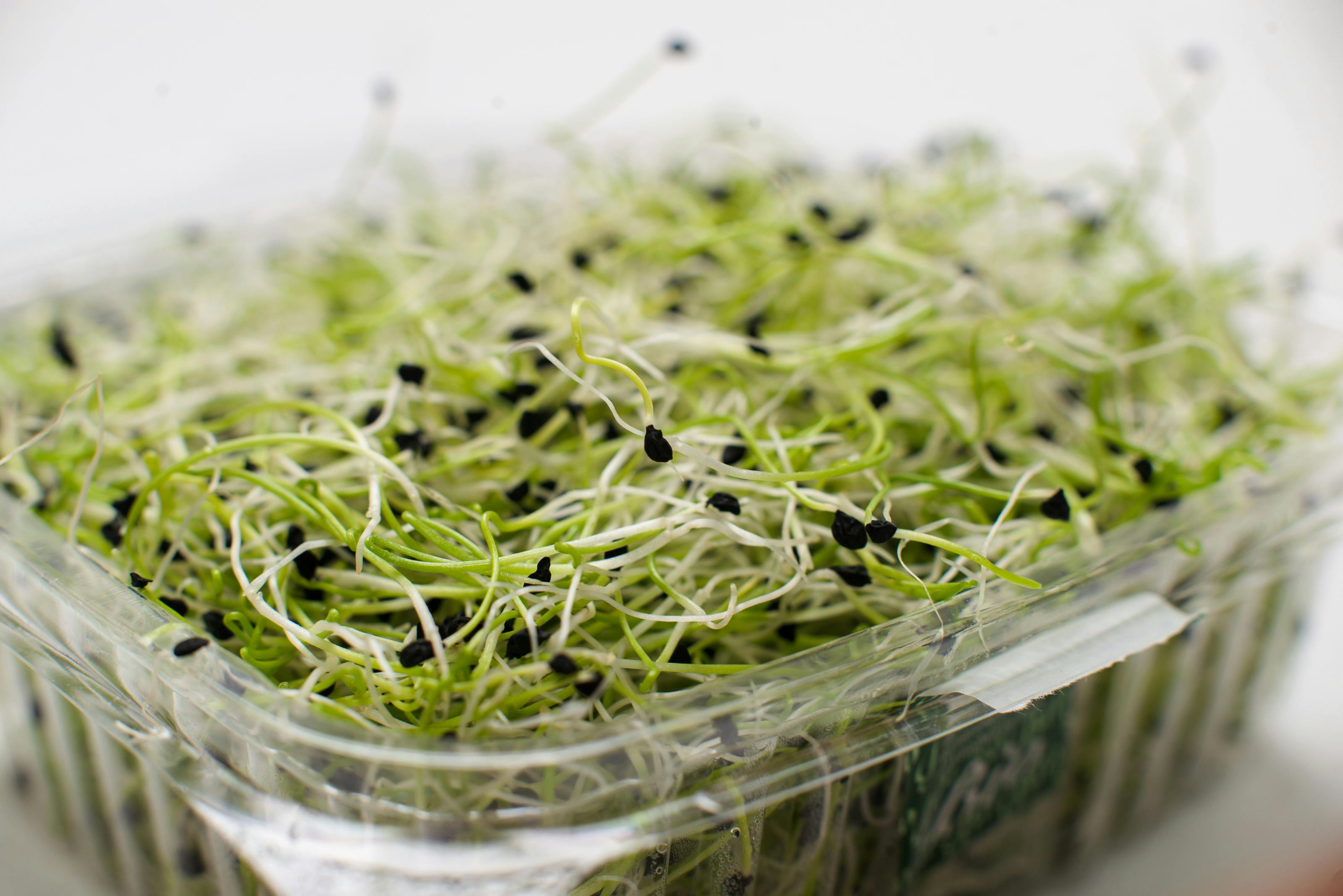Top 6 Eco-Wellness Trends Shaping a Sustainable World
As the world grapples with environmental challenges, the health and wellness industry is increasingly adopting sustainable practices. This shift is not just a trend but a necessary evolution, driven by the urgent need to protect our planet while enhancing human well-being. The intersection of eco-consciousness and wellness has given rise to innovative practices that prioritize both personal health and environmental stewardship. This article delves into six pivotal eco-wellness trends that are shaping a sustainable future, offering insights into how individuals and communities can embrace these changes to foster a healthier, greener world.
Plant-Based Nutrition: A Green Revolution on Your Plate

The plant-based nutrition movement is a cornerstone of eco-wellness, advocating for diets rich in fruits, vegetables, nuts, and grains. This trend is driven by the dual benefits of reducing environmental impact and improving health outcomes. By minimizing reliance on animal products, plant-based diets significantly lower carbon footprints, conserve water, and reduce deforestation. Health-wise, they are associated with lower risks of heart disease, diabetes, and obesity. As more people recognize these benefits, plant-based options are becoming more accessible, with restaurants and food manufacturers offering innovative and delicious alternatives that make sustainable eating an easy choice.
Eco-Friendly Fitness: Sustainable Exercise Practices

Sustainable fitness is gaining momentum as individuals seek eco-friendly ways to stay active. This trend encourages outdoor activities like hiking, cycling, and yoga in natural settings, which not only reduce energy consumption but also reconnect people with nature. Additionally, eco-conscious gyms are emerging, equipped with energy-efficient machines and sustainable materials. These facilities often incorporate programs that promote environmental awareness and community involvement. By choosing eco-friendly fitness options, individuals can enjoy a holistic approach to health that aligns physical activity with environmental responsibility, fostering a deeper connection to the world around them.
Natural and Organic Beauty: Clean and Green Skincare

The beauty industry is undergoing a transformation as consumers demand products that are both effective and environmentally friendly. Natural and organic skincare is at the forefront of this movement, emphasizing clean ingredients free from harmful chemicals and synthetic additives. These products are often packaged in sustainable materials, reducing waste and pollution. By choosing natural beauty products, individuals can protect their skin from irritants and toxins while supporting brands that prioritize ethical sourcing and environmental responsibility. This shift not only enhances personal well-being but also contributes to a more sustainable and ethical beauty industry.
Holistic Mental Health: Mindfulness and Environmental Connection

Holistic approaches to mental health are increasingly incorporating environmental elements, recognizing the profound impact of nature on psychological well-being. Practices such as forest bathing, mindfulness meditation in natural settings, and eco-therapy emphasize the therapeutic benefits of connecting with the environment. These practices help reduce stress, anxiety, and depression by fostering a sense of peace and grounding. By integrating nature into mental health routines, individuals can cultivate resilience and emotional balance, while also fostering a greater appreciation for the natural world and the need to preserve it.
Sustainable Home Wellness: Eco-Conscious Living Spaces

Creating a sustainable home environment is a key aspect of eco-wellness, focusing on energy efficiency, natural materials, and indoor air quality. This trend encourages the use of renewable energy sources, non-toxic cleaning products, and sustainable home furnishings. By designing living spaces that prioritize health and sustainability, individuals can reduce their carbon footprint and improve their quality of life. Simple changes, such as incorporating plants for natural air purification or using energy-efficient appliances, can make a significant difference. Sustainable home wellness not only benefits the environment but also enhances the health and comfort of those who inhabit these spaces.
Community-Based Wellness: Collective Eco-Health Initiatives

Community-based wellness initiatives are essential for fostering a culture of sustainability and collective health. These initiatives often involve community gardens, local food cooperatives, and wellness programs that emphasize sustainable practices. By working together, communities can create supportive networks that promote healthy lifestyles and environmental stewardship. These collective efforts not only improve individual well-being but also strengthen community bonds and resilience. As more communities embrace eco-health initiatives, they set powerful examples of how collective action can lead to meaningful change, inspiring others to follow suit and contribute to a sustainable future for all.